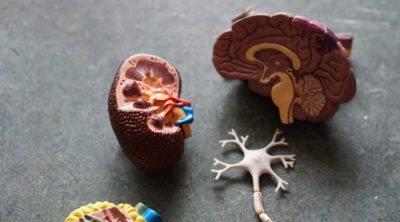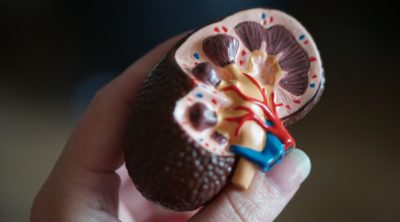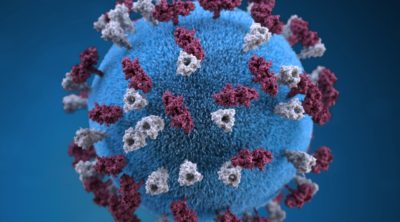
The growth hormone (GH) releasing hormone is a peptide comprising 44 amino acids. This neurohormone is secreted in the hypothalamus and is related to the production and release of GH in the human body. This article provides information on its origin, function, and therapeutic use.
Growth Hormone Releasing Hormone (GHRH) is a releasing factor for the Growth Hormone (GH). The production and release of human growth hormone (HGH) is directly influenced by this neurohormone. It is also known by different names such as somatocrinin and Growth Hormone Releasing Factor (GHRF). Comprising 44 amino acids in total, the amino acid sequence of this peptide hormone is being studied in detail by the scientists.
Origin
Research suggests that GHRH is secreted between 18 and 29 weeks of gestation. This probable duration coincides with the initiation of GH secretion by the developing fetus. GHRH is secreted by the hypothalamus in its arcuate nucleus. This particular site houses a population of important neurons in an aggregated form. The nerve terminals of the arcuate nucleus are responsible for the production of GHRH.
Function
The primary function of GHRH is to control the production or release of GH in the body. After secretion by the arcuate nucleus, the GHRH is circulated to the pituitary gland (anterior portion), wherein it binds with the Growth Hormone Releasing Hormone Receptors (GHRHR). The stimulation of this G-protein coupled receptor brings about the activation of certain proteins. Thereafter, GH synthesis takes place in the anterior pituitary gland. The release of GHRH is increased with responses of emotional and physical stress.
The effects of GH-releasing hormone are counteracted by the GH inhibiting hormone. This neurohormone is secreted by the somatostatin neurons of the hypothalamus and is also known as somatostatin. It is carried to the anterior part of the pituitary gland, where it inhibits the synthesis of GH. It is because of the effects of GHRH and somatostatin that the production of GH occurs in a pulsatile manner.
Therapeutic Use
Administering this hypothalamic peptide is claimed to be an effective alternative in reducing abdominal fat in overweight people. Medical studies concentrated on the hormone levels of people with abdominal obesity found that they have reduced levels of GH. Health experts are of the opinion that delivering GHRH in such people will help in elevating GH concentration to normal levels. Ultimately, it will help in burning fats accumulated in the abdominal area.
It is to be borne in mind that the therapeutic intervention of GHRH in reducing abdominal fat is not practically implemented as yet. However, if this is implemented, it would help in minimizing the risk of obesity-related medical complications such as heart diseases, hypertension, and cardiovascular problems. In another application, a GH stimulation test is conducted with the help of GHRH. The stimulant is delivered externally, after which the levels of GH are checked at regular intervals.
Although the expression of GHRH is distinctive in the hypothalamus, it has also appeared in other internal organs, including mucosal lining of the alimentary tract and pancreas. Also, pathological studies of cancerous or tumor cells reveal the stimulation of GHRH. Thus, the doctor may conduct a GHRH test, based on the condition of the person.
Disclaimer: This article is for informative purposes only and does not in any way attempt to replace the advice offered by an expert on the subject.


